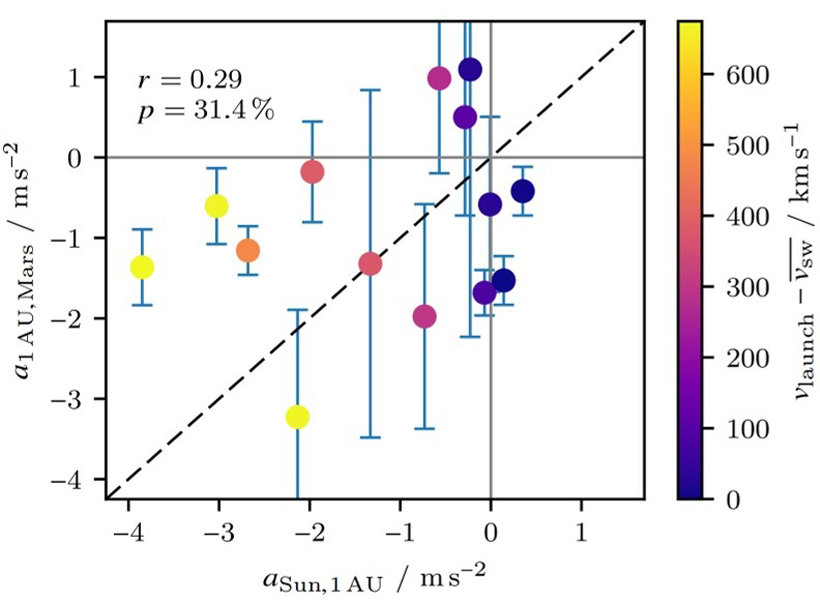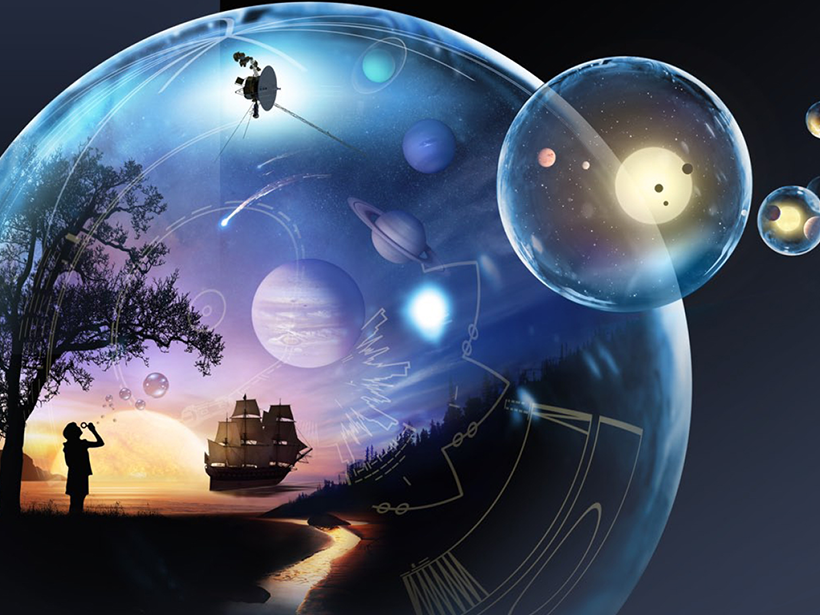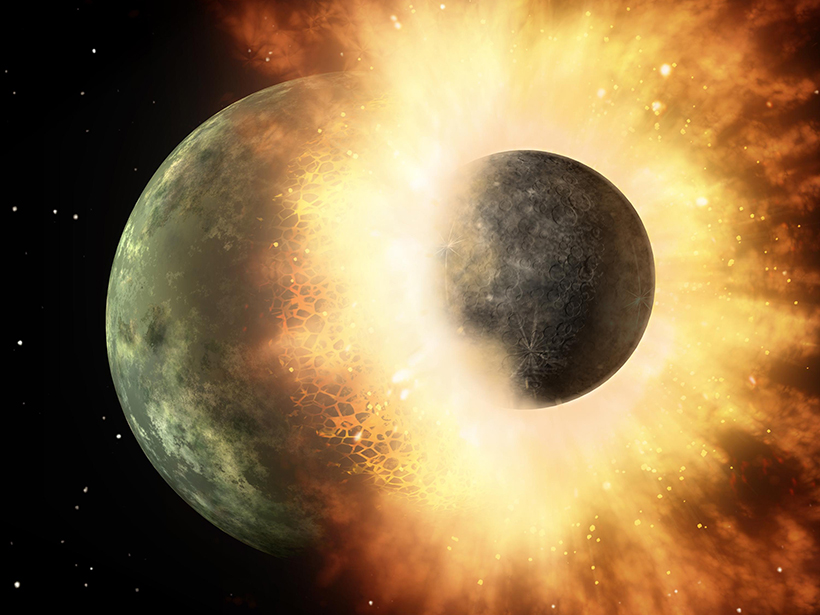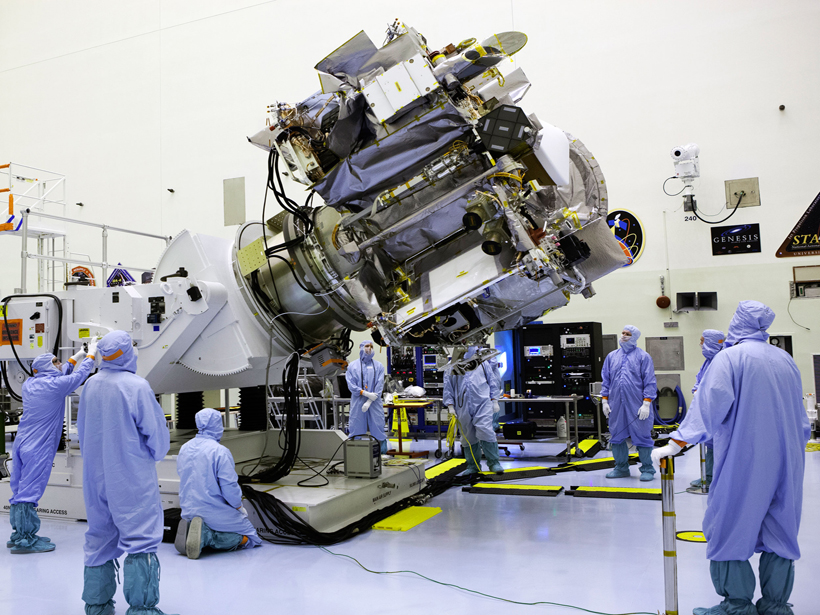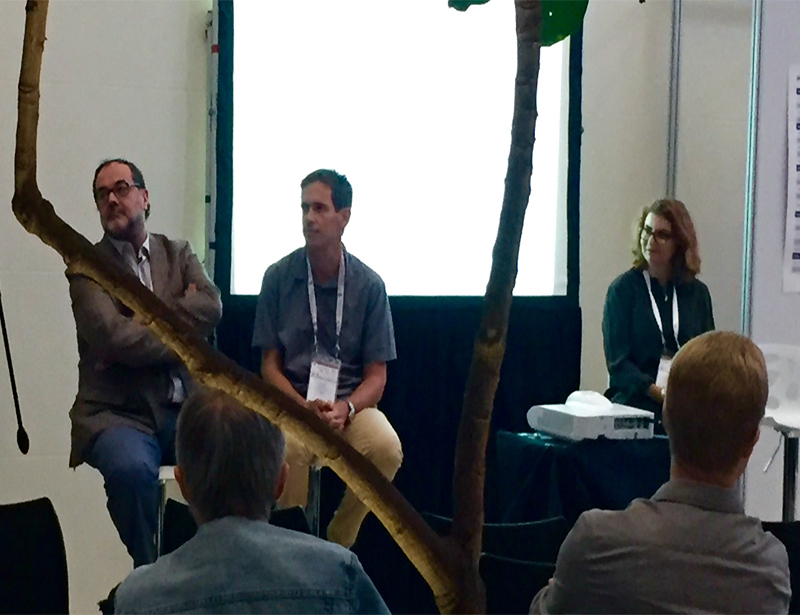Most fast coronal mass ejections will be decelerated into ambient solar wind quickly in the inner heliosphere, but some of them continue the deceleration with an even larger amplitude beyond 1 AU.
solar system
History of Water on Mars’s Surface Is Longer Than We Thought
Curiosity’s two-step heating experiment of mudstone at Gale crater reveals minerals that formed in the presence of water less than 3 billion years ago.
Four Planetary Landscapes That Scientists Can’t Explain
These are just a handful of the hundreds of mysterious features across our solar neighborhood that beg to be studied closer.
A Survey of Solar Radio Burst Statistics
National solar radio archive records have substantial missing data potentially affecting the ability to benchmark extreme solar events.
Ten New Frontiers in the Solar System and Beyond
Humanity’s reach has extended from the surface of Earth to the very edge of our solar system, even to exoplanets far into space. What’s next in our journey into the unknown?
More Discoveries in the Cards from Defunct Comet Mission
A year after the end of the Rosetta mission, the real scientific fun begins.
NASA's New Discovery Missions Will Look Back to Our Origins
Two recently approved missions will explore our solar system's early history, looking at asteroids near Jupiter and an odd object that may be a planetary core.
New Insight into Silica Explains Planetary Smashup
A better equation of state for silica will help planetary scientists accurately constrain the giant impacts that have shaped our solar system.
To Bennu and Back
Justin Filiberto shares his experience as a guest at the OSIRIS-REx launch; a mission to obtain samples from the asteroid Bennu in hopes of learning more about the origin of water on Earth.
Elevating Planetary Science in Africa
Although planetary sciences may be perceived as long-term fundamental research with little direct and immediate benefit for populations, expanding planetary science programs can have many benefits

